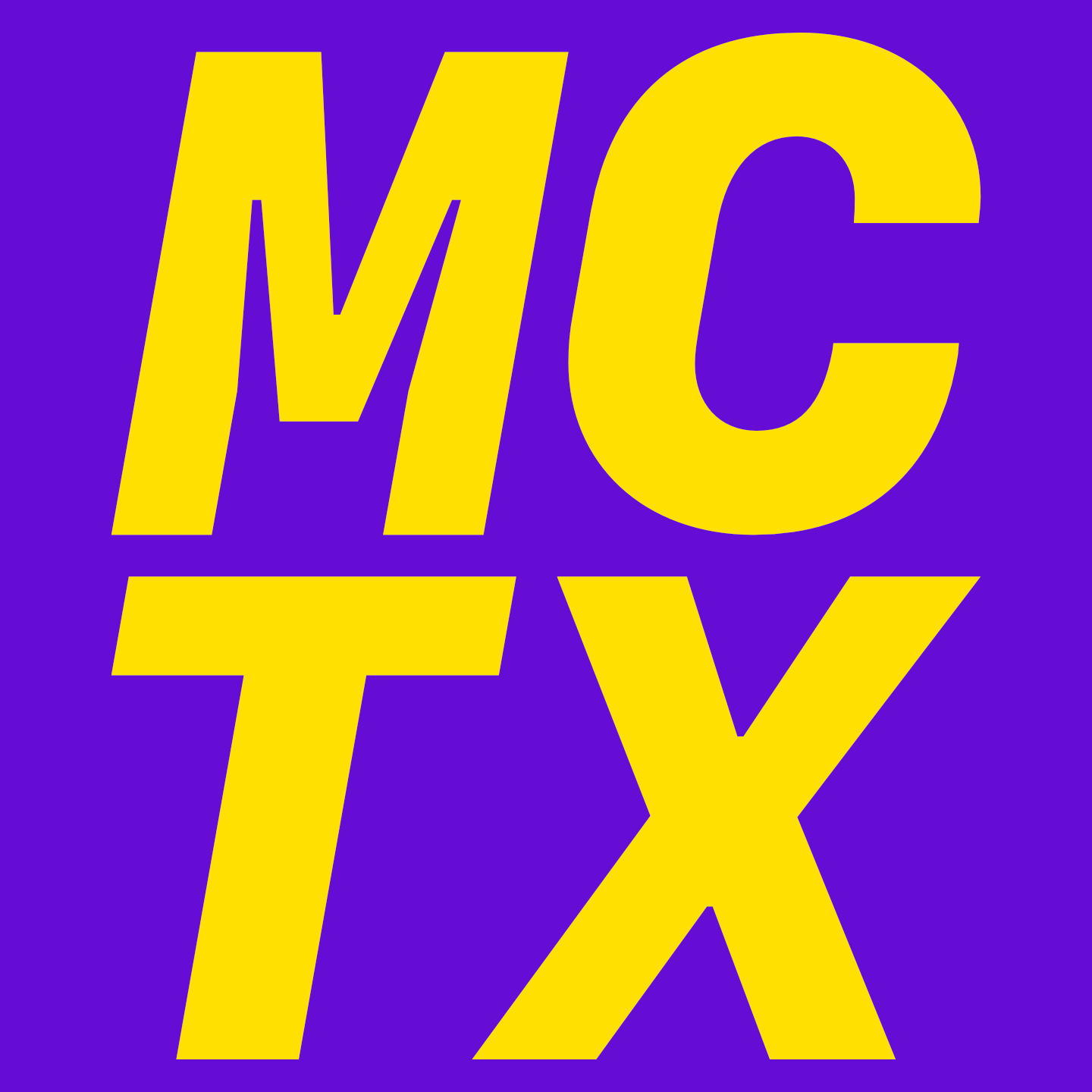Setting the standard for MeshCore devices in Texas
This site serves to guide MeshCore users in Texas to the best practice parameters for their radios to improve mesh reliability.
Below, we have listed radio configurations for two different scenarios, as well as our rationales behind them. (updated Oct. 2025)
For switching to MeshCore entirely:
| Frequency | 907.875 MHz |
| Spreading Factor | 7 |
| Coding Rate | 5 (repeaters/weak links: 8) |
| Bandwidth | 62.5 kHz |
For running MeshCore and Meshtastic concurrently:
This uses the default US preset
| Frequency | 910.525 MHz |
| Spreading Factor | 7 |
| Coding Rate | 5 (repeaters/weak links: 8) |
| Bandwidth | 62.5 kHz |
Rationale
An overwhelming majority of Meshtastic devices are going to be running on 906.875 with a bandwidth of 250 kHz. The settings we are recommending leave plenty of guard band between each other and the Meshtastic defaults that interference shouldn’t be a widespread problem. Additionally, those who have previously purchased RF filters (particularly airframes brand or other filters with a very narrow band pass) should be able to reuse them for MeshCore without needing to retune them versus the recommended frequency settings coming from outside Texas.
However, If you are running MeshCore and Meshtastic at the same time, using the US preset with a frequency of 910.525 MHz and the narrow preset is recommended, you will just need to buy or tune filters for this frequency.
